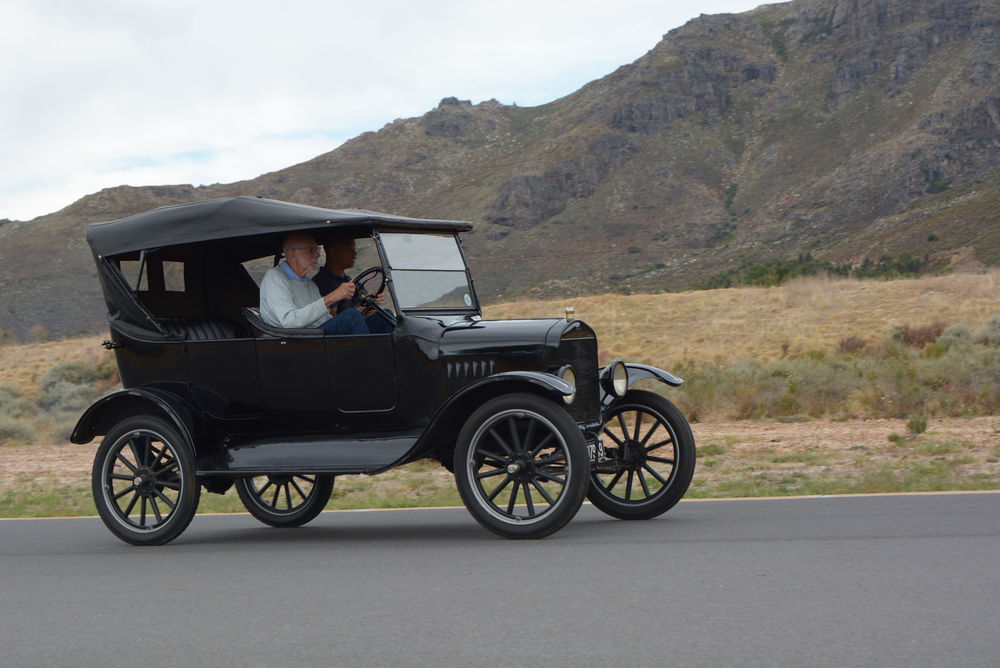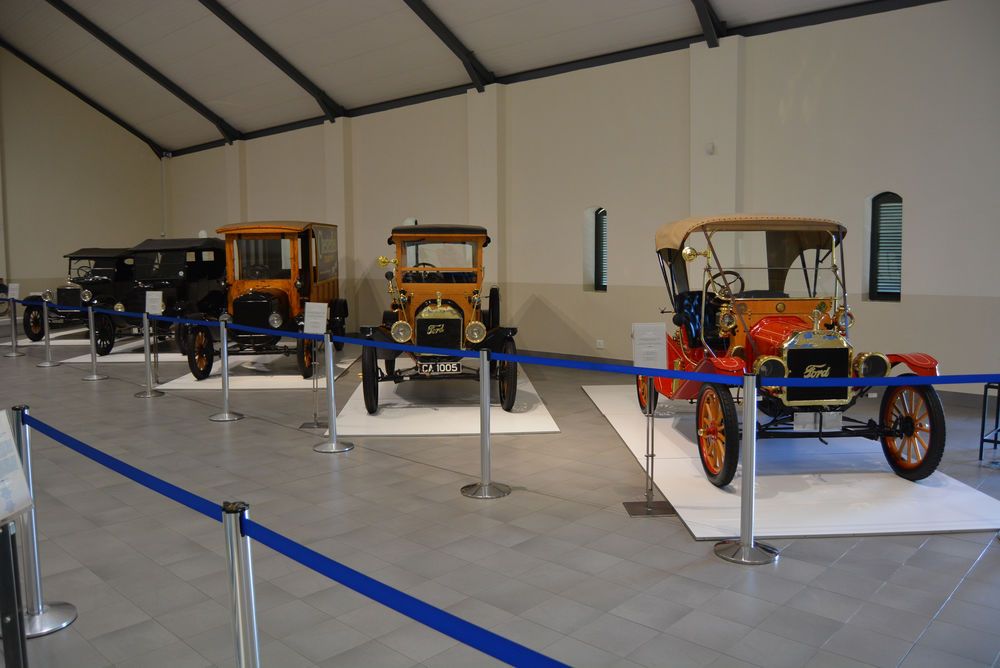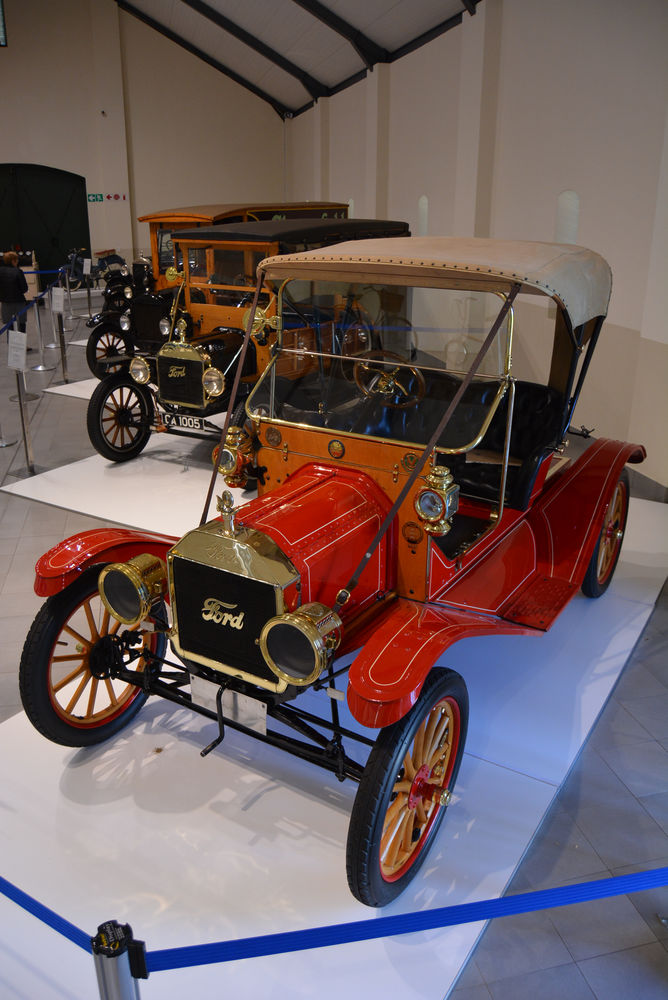
07 Oct Birthday T
The Ford Model T went on sale for the very first time on 1 October 1908. Even those with limited car knowledge will have, no doubt, heard of the famous Model T that pioneered many recognisable aspects of the modern car. More than a century later, manufacturing methods and engineering solutions in the current automotive landscape still owe credit to the Model T.
Named the most influential car of the 20th century in the 1999 Car of the Century competition, in its lifetime the Model T sold more than 15 million examples between 1908 and 1927 – a production period that very few nameplates have managed to beat.
Regarding the Model T’s success, Henry Ford said it best: “I will build a car for the great multitude. It will be large enough for the family, but small enough for the individual to run and care for. It will be constructed of the best materials, by the best men to be hired, after the simplest designs that modern engineering can devise. But it will be so low in price that no man making a good salary will be unable to own one.”
Although its early life began in Detroit, the Model T has a rich and beloved history in South Africa. The first local Ford agents were appointed in 1905 in Port Elizabeth, with the Model T being introduced in 1908 as a successor to the Model N.
Ford Motor Company of South Africa was founded as a subsidiary of Ford of Canada in 1923, and local assembly of the Model T began the following year, close to what is now Ford’s Struandale Engine Plant. During this time Model T components arrived in large wooden crates imported from Canada through the Port Elizabeth harbour and were assembled in a converted old wool warehouse – making it the 16th Ford assembly plant outside of North America, and the first assembly line of any kind in Africa. Many of the houses nearby were actually built from the remains of these wooden crates! South Africa had about 19 000 Model T Fords on its roads between 1908 and 1927.
Philip Kuschke, president of the Model T Ford Club of South Africa, says “Among its many traits, the Model T was extremely adaptable. There are many accounts where Model T owners out on the farm would need to improvise by connecting wood saws or water pumps to the Model T’s rotating axle. After cutting wood out on the farm, owners and friends would load up the Model T with all the supplies it could carry and drive it back home. Although the number of Model Ts in South Africa can’t compare to the approximately one million still running in the United States, the quality of local restorations is as good as anywhere in the world”.
Check out FMM’s 1911 Model T currently on display in Hall A.





